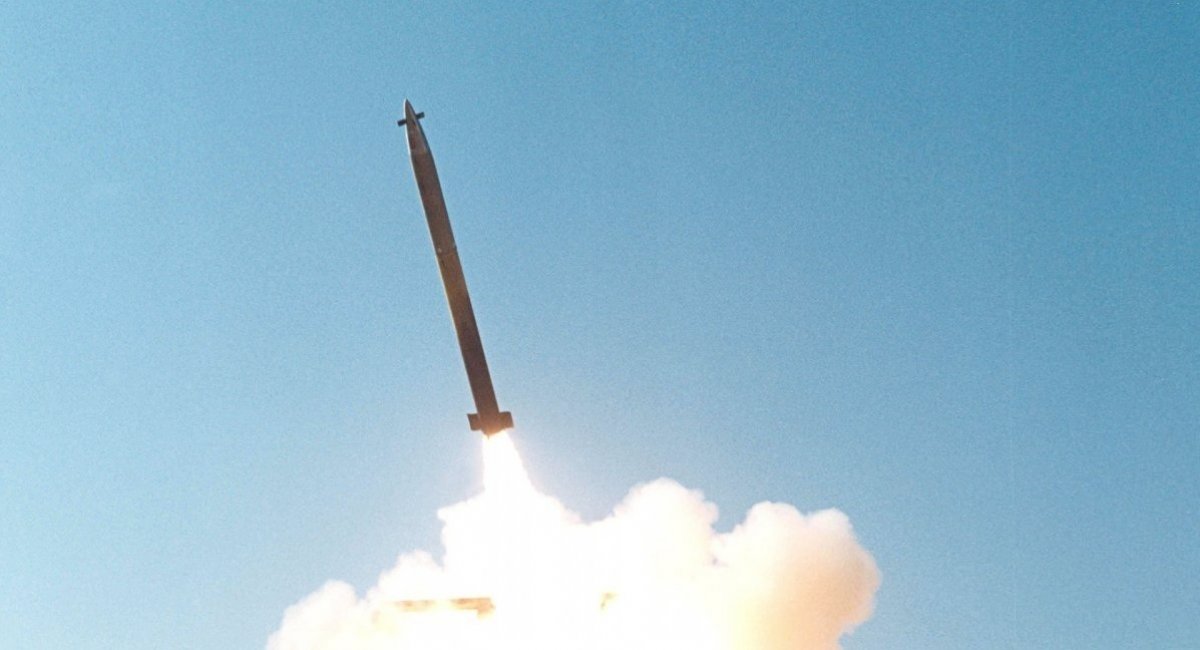
Printing engines for Javelin, Stinger or GMLRS: Ursa Major is working on the Lynx program
Americans are actively integrating additive technologies into rocket engine production
Ursa Major, an American rocket engine manufacturer, has announced the implementation of the Lynx strategy, the primary goal of which is to produce engine housings and subcomponents for certain small systems on a single 3D printer.
This will be a new approach to the design and production of rocket engines, which will allow them to be manufactured faster and at a lower cost, according to the company’s CEO and founder Joe Lauriente, Defense News reports.

According to him, the company started working on the Lynx program about two years ago, and so far the industry has been using 3D technologies mainly for prototyping, not for finished products, although in general, the United States is actively moving towards using additive technologies, for example, in the production of hypersonic rockets.
According to Ursa Major, 3D printing will allow several components to be combined into one during engine production, unlike traditional methods where they would have to be manufactured separately, which will reduce the total number of components in the product and ultimately both reduce the overall cost of the engine and significantly increase process automation.

Laurienti says that with the Lynx program, they can now print about 50 cases in three days, but small diameters of about 2.5 inches (about 6.35 cm), whereas traditional manufacturing processes can take about a month.
He also believes that eventually the 3D printing strategy will help close the engine manufacturing gap for vital programs such as the Javelin, Stinger, or GMLRS anti-tank missiles.
It is known that Ursa Major already has a contract for one of the systems, but will announce it by the end of this year, and another in early 2024, and by the end of next year it will be able to use the Lynx program to create four different systems.

